
Teaching a puppy or a dog proper socialization skills is vital
to the safety of both your dog and other dogs and people with
whom he comes into contact. A properly socialized dog is a happy
dog, and a joy to be around for both humans and animals. A
poorly socialized dog, or one with no socialization at all, is a
danger to other animals, other people and even his own family.
Socialization is best done when the puppy is as young as
possible The socialization lessons a young puppy learns are
difficult to undo, and it is important to remember that the
socialization skills the puppy learns will affect his behavior
for the rest of his life.
A dog that is properly socialized will be neither frightened of
nor aggressive towards either animals or humans. A properly
socialized dog will take each new experience and stimulus in
stride, and not become fearful or aggressive. Dogs that are not
properly socialized often bite because of fear, and such a dog
can become a hazard and a liability to the family who owns it.
Improperly socialized dogs are also unable to adapt to new
situations. A routine matter like a trip to the vets or to a
friends house can quickly stress the dog out and lead to all
sorts of problems.
Socialization is best done when the puppy is very young, perhaps
around 12 weeks of age. Even after 12 weeks, however, it is
important that the puppy continues its socialization in order to
refine the all important social skills. It is possible to
socialize an older puppy, but it is very difficult to achieve
after the all important 12 week period has passed.
There are so definite do’s and don’t when it comes to properly
socializing any puppy. Let’s start with what to do. Later in
this article we will explore what to avoid.
Socialization do’s
* Make each of the socialization events as pleasant and
non-threatening for the puppy as possible. If a puppy’s first
experience with any new experience is an unpleasant one, it will
be very difficult to undo that in the puppy’s mind. In some
cases, an early trauma can morph into a phobia that can last for
a lifetime. It is better to take things slow and avoid having
the puppy become frightened or injured.
* Try inviting your friends over to meet the new puppy. It is
important to included as many different people as possible in
the puppy’s circle of acquaintances, including men, women,
children, adults, as well as people of many diverse ethnic
backgrounds and ages.
* Also invite friendly and healthy dogs and puppies over to meet
your puppy. It is important for the puppy to meet a wide variety
of other animals, including cats, hamsters, rabbits and other
animals he is likely to meet. It is of course important to make
sure that all animals the puppy comes into contact with have
received all necessary vaccinations.
* Take the puppy to many different places, including shopping
centers, pet stores, parks, school playgrounds and on walks
around the neighborhood. Try to expose the puppy to places where
they will be crowds of people and lots of diverse activity going
on.
* Take the puppy for frequent short rides in the car. During
these rides, be sure to stop the car once in a while and let the
puppy look out the window at the world outside.
* Introduce your puppy to a variety of items that may be
unfamiliar. The puppy should be exposed to common items like
bags, boxes, vacuum cleaners, umbrellas, hats, etc. that may be
frightening to him. Allow and encourage the puppy to explore
these items and see that he has nothing to fear from them.
* Get the puppy used to a variety of objects by rearranging
familiar ones. Simply placing a chair upside down, or placing a
table on its side, creates an object that your puppy will
perceive as totally new.
* Get the puppy used to common procedures like being brushed,
bathed, having the nails clipped, teeth cleaned, ears cleaned,
etc. Your groomer and your veterinarian with thank you for this.
* Introduce the puppy to common things around the house, such as
stairs. Also introduce the puppy to the collar and leash, so he
will be comfortable with these items.
There are of course some things to avoid when socializing a
puppy. These socialization don’ts include:
* Do not place the puppy on the ground when strange animals are
present. An attack, or even a surprise inspection, by an unknown
animal could traumatize the puppy and hurt his socialization.
* Do not inadvertently reward fear based behavior. When the
puppy shows fear, it is normal to try to sooth it, but this
could reinforce the fear based behavior and make it worse. Since
biting is often a fear based behavior, reinforcing fear can
create problems with biting.
* Do not force or rush the socialization process. It is
important to allow the puppy to socialize at his own pace.
* Do not try to do too much too soon. Young puppies have short
attention spans, and continuing lessons after that attention
span has passed will be a waste of your time and your puppy’s.
* Do not wait too long to begin. There is a short window in
which to begin the socialization process. A young puppy is a
blank slate, and it is important to fill that slate with
positive socialization skills as early as possible.
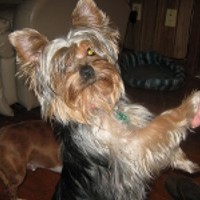 Cruelty To Animals (dogs), Part I
I am an animal lover. I like all animals, but I mainly l
Cruelty To Animals (dogs), Part I
I am an animal lover. I like all animals, but I mainly l
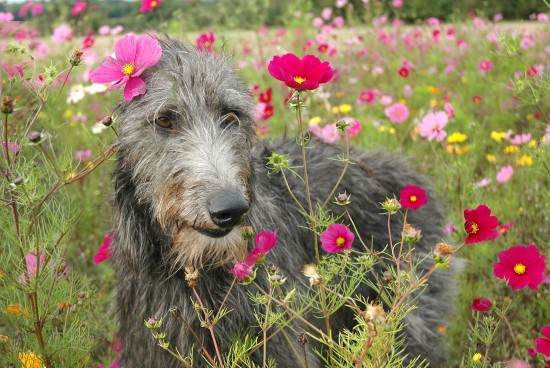 More Information On The Scottish Deerhound Dog Breed
More Information
More Information On The Scottish Deerhound Dog Breed
More Information
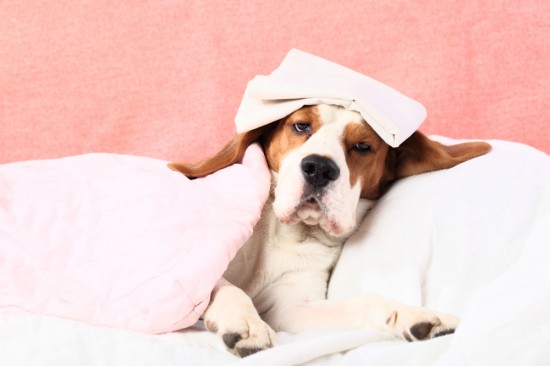 Can Your Pet Catch Your Cold, And Vice Versa?
Can Your Pet Catc
Can Your Pet Catch Your Cold, And Vice Versa?
Can Your Pet Catc
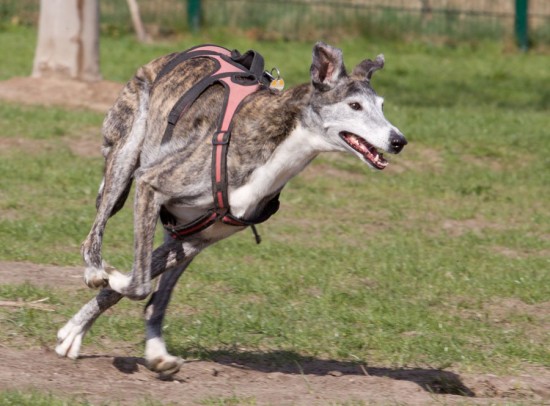 Retired Racing Greyhounds As Pets
Retired Racing Gr
Retired Racing Greyhounds As Pets
Retired Racing Gr
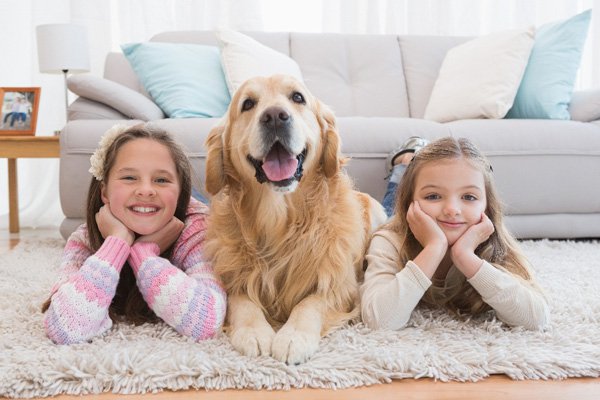 How To Choose The best Animal Hospital in Coquitlam
How To Choose The best Animal Hospital in Coquitlam
How To Choose The best Animal Hospital in Coquitlam
How To Choose The best Animal Hospital in Coquitlam
Copyright © 2005-2016 Pet Information All Rights Reserved
Contact us: www162date@outlook.com